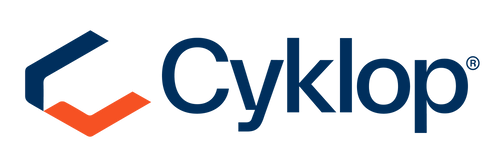Laser Marking Aluminum: Pros, Cons, and Key Considerations
Large-scale manufacturing and packaging operations have been laser marking aluminum for decades.
|
|
|||
|
|
|
||
If you are considering whether laser is right for your needs, you’ve come to the right place.
In this blog, we review the pros/cons of laser marking aluminum vs. other methods and review laser’s key functions. By the end, you should have a better understanding of whether laser is ideal for your operation.
Is Laser Marking Right for You? Comparing Laser to Other Aluminum Coding Solutions
Laser is one of the fastest and most effective aluminum marking technologies on the market today. For decades, high-volume manufacturing and packaging operations have relied on laser marking systems to mark their goods with traceable codes, important product information, images, and other required markings.
Along with laser marking systems, inkjet printers are the top choice for aluminum marking applications. Both continuous inkjet (CIJ) printers and thermal inkjet (TIJ) printers are compatible with aluminum materials, offer easy production line integration, and can mark flat and curved surfaces.
Although CIJ and TIJ printers are both viable aluminum marking solutions, they are quite different.
|
|
|
|||
So, how do you choose between laser marking and inkjet printing? For aluminum marking applications, it comes down to cost factors and code requirements.
Laser Marking Aluminum vs. Inkjet Printing
TIJ printers are the most affordable option amongst laser, TIJ, and CIJ technologies. Although TIJ printers often lack the power required for high-volume marking, their high-contrast codes, lightweight properties, and handheld varieties make them an excellent choice for low-speed marking and specialized applications—including stationary object marking.
TIJ users can mark stationary objects by moving a handheld printer across the substrate. Laser systems can also mark stationary objects but with greater speed, accuracy, and code quality. Moreover, laser systems can create three kinds of markings in both stationary and production line setups, helping users better meet coding requirements.
|
|
|
|
|
|
|
|
|
|
|
|
TIJ technology is great for low-speed aluminum coding, handheld applications, and high-contrast coding tasks. However, a high-volume line will need a laser system or CIJ printer to meet output requirements.
Laser systems and continuous inkjet printers share a host of similarities. They can both:
- Mark thousands of products a day on high-speed production lines
- Operate uninterrupted for 24 hours a day
- Effectively code flat and curved surfaces
Although they can complete many of the same tasks, laser and CIJ units have different cost factors, maintenance needs, and safety accommodations. Here’s what you need to know:
|
|
||||
|
|
||||
See the comparison chart below for a better understanding of the pros and cons of laser marking aluminum. If you would like to discuss your system options with an expert, contact InkJet, Inc. today.
|
|
|||
|
|
|
|
|
|
|
|
|
|
|
|
|
|
|
|
|
|
|
|
|
|
|
|
|
|
|
|
|
|
|
|
|
|
|
|
|
|
|
|
|
|
|
|
|
|
|
|
|
|





